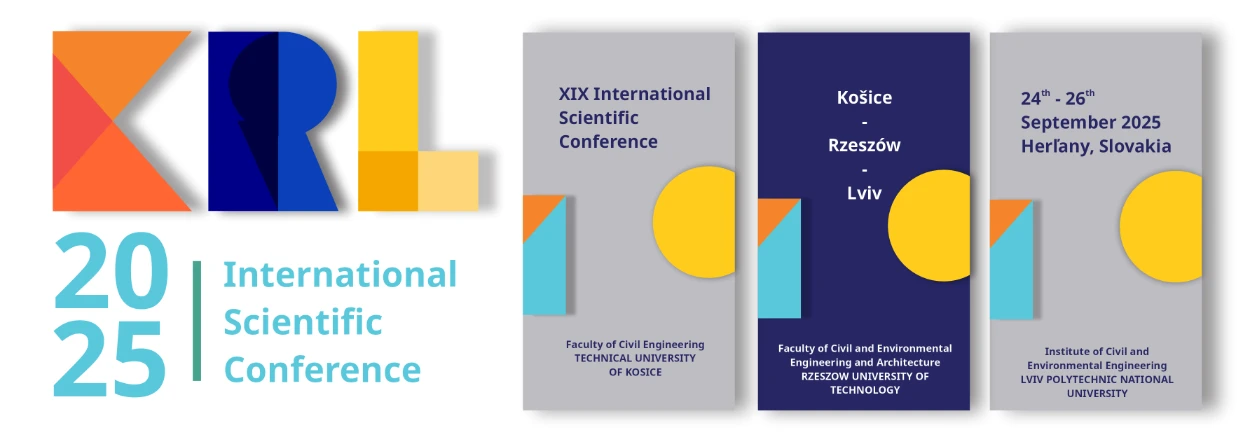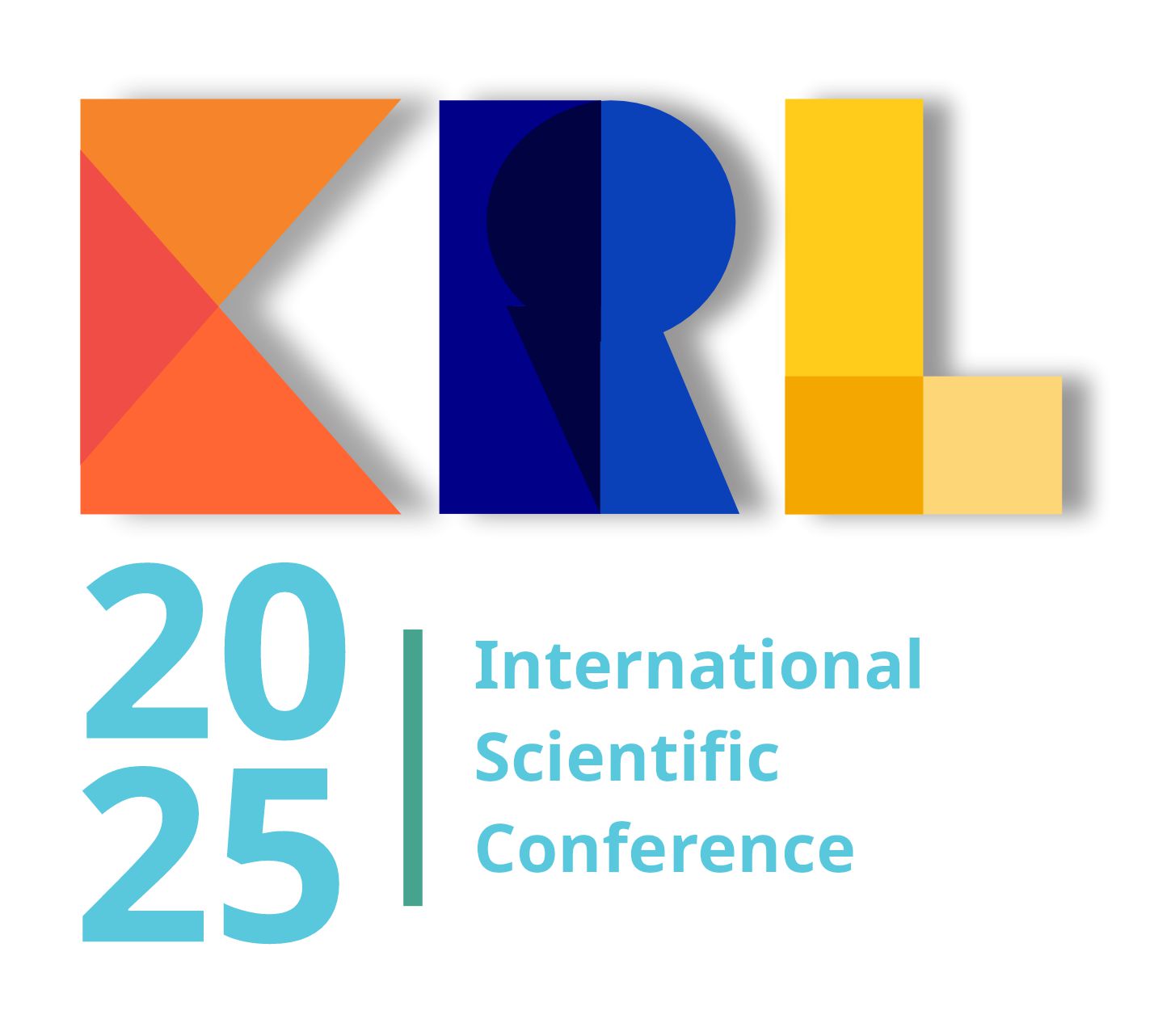Registration to the conference and abstract submission will be made
through the conference website: https://krl.svf.tuke.sk/registration/
Confirmation of the successful registration will be sent by e-mail to the address provided in the registration form. Authors with accepted abstracts will be requested to prepare a full paper and assign an „ID“ code (example „1925“).
Please use the ID code in the email Subject for participant email communication.
The conference’s language is English.
Based on the successful outcomes of the joint review conducted in collaboration with the publisher, the best articles on the conference materials may be published
in Lecture Notes in Civil Engineering by


Lecture Notes in Civil Engineering
is indexed in prestigious academic databases,
ensuring wide visibility and scholarly recognition.
Download:
Paper Template (Microsoft Word)
Licence Agreement (Microsoft Word)
Poster Template (Microsoft PowerPoint)
SUBMISSION OF PUBLICATIONS:
– The articles must be of high English proficiency.
– The volume of the article – 6-14 pages.
– One author can co-author no more than two articles.

